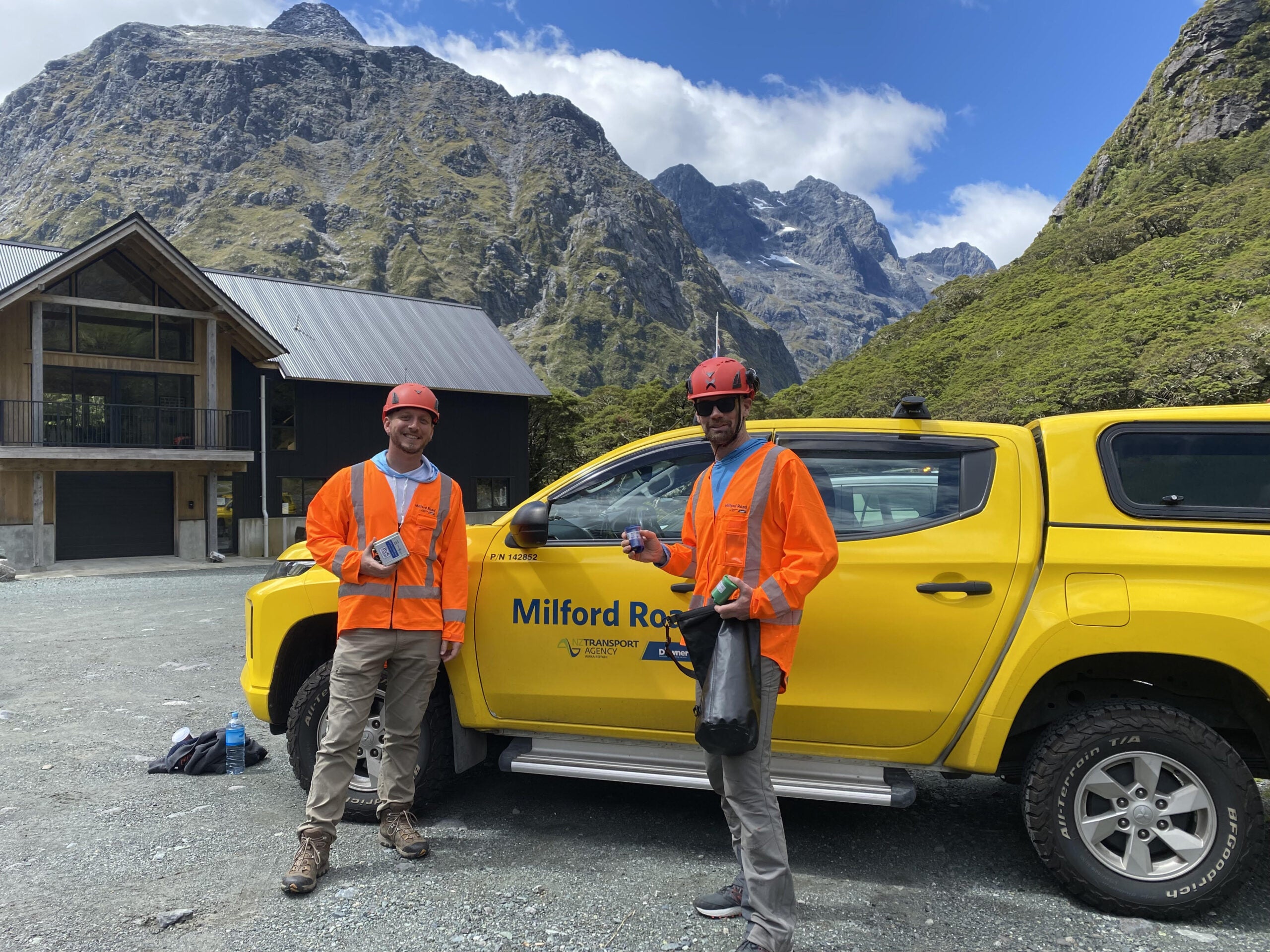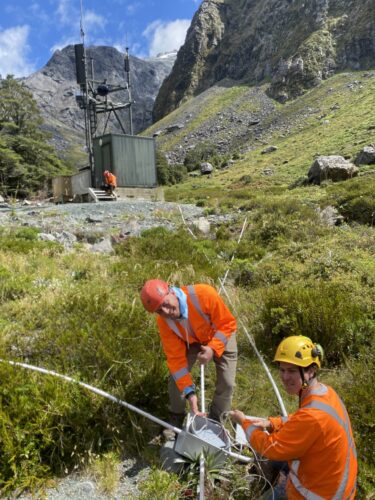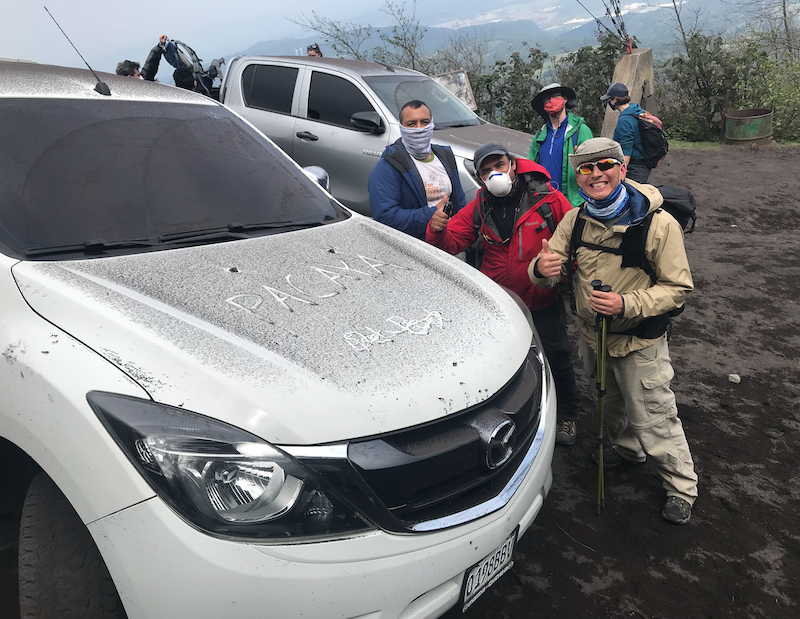While geophysics masters student Jerry Mock began his studies in a Boise State University instrumentation lab, he is now deploying those sensors on the far corners of the globe. Most recently, Mock returned from New Zealand where he helped to advise on avalanche monitoring infrastructure for the Milford Road Transport Agency. Together with his advisor, Professor Jeffrey Johnson and industry partner Snowbound Solutions, they are using Boise State-built infrasound sensors to monitor the critical transportation corridor that traverses the Southern Alps of New Zealand.

Infrasound technology, which uses low-frequency sensitive microphones, is an established tool for snow avalanche monitoring and the Snowbound Solutions and Boise State partnership is at the leading edge for optimization of the tool. Snowbound Solutions is run by Boise State University alum Scott Havens, who received his doctoral degree in geophysics from the Department of Geosciences in 2014. He now directs the company, further advancing the technology to detect avalanches in near real time and alert avalanche forecasters through a web application or text messages.
“Robust, remote avalanche monitoring allows avalanche forecasting programs to gain valuable real time insights into the avalanche hazard by providing 24/7 monitoring regardless of visibility or access,” Havens said. Snowbound Solutions currently has projects in New Zealand, Utah, California and Alaska working for transportation departments, ski areas and mining operations.
Infrasound sensing is at the heart of the operation. The specialized infrasonic microphones detect the inaudible (below threshold of human hearing) sound that is produced by avalanches. Implementation of a network of telemetered microphones is used to detect, track, and map avalanches that may impact highway systems. Boise State is a world leader in infrasound research and also produces the low-cost, scientific-grade infrasound sensors needed for optimized detection.

The lab is run by Johnson and Assistant Research Professor Jake Anderson, who have been monitoring volcanoes, earthquakes, rivers and debris flows using infrasound for more than a decade. Johnson says that their infrasound sensors have been used at active volcanoes in more than a dozen countries and are a critical component of hazard monitoring infrastructure.
Many students, including Mock, worked in the infrasound laboratory at Boise State University. Mock began his collaboration with Johnson by creating sensor enclosures in the Albertsons Library MakerLab.
“Working in the infrasound lab gave me the opportunity to use my existing mechanical abilities and build new skills in 3D printing,” Mock said. “I have always enjoyed creating novel solutions to complex problems, which are more than plentiful when developing any new technology.”

Mock then engaged with Johnson on a volcano project in Chile where he analyzed infrasound signals for an undergraduate research project. Following this he was hooked on volcano research and began his masters of geophysics degree at Boise State focused on studying catastrophic volcanic mudflows (known as lahars) in Guatemala, where he has conducted field work on four occasions. More information on this project can be found on an Idaho Public Matters interview.
Coincidentally, Mock was in New Zealand during early February to present his volcano research at the International Association of Volcanology and Chemistry of the Earth’s Interior conference, which is held once every four years. This congress presented an opportunity for Mock to visit the snow avalanche field station that he helped build and design many components for.
– Written by Professor Jeffrey Johnson